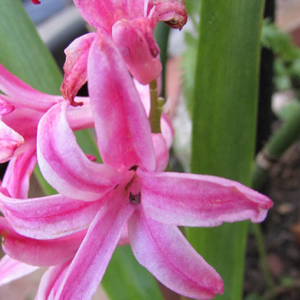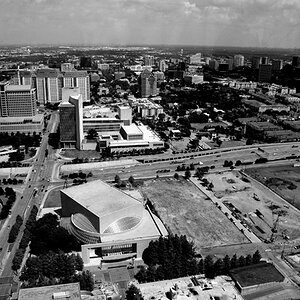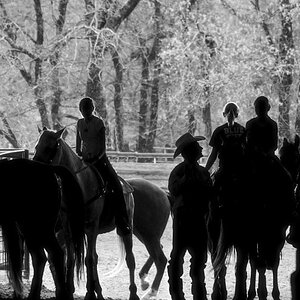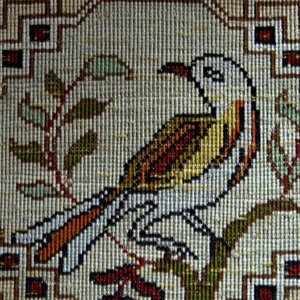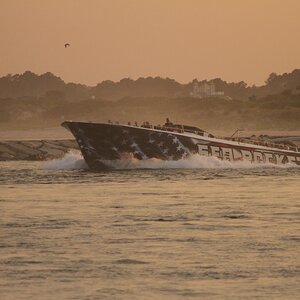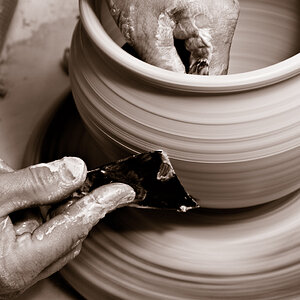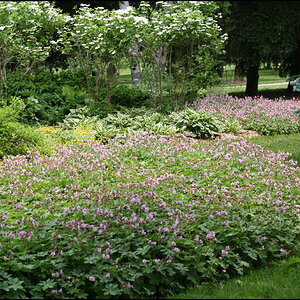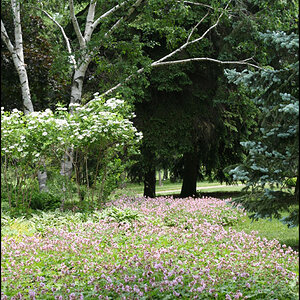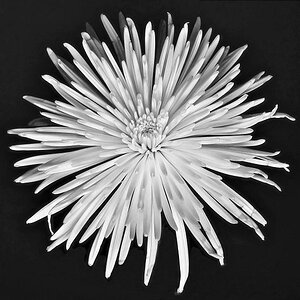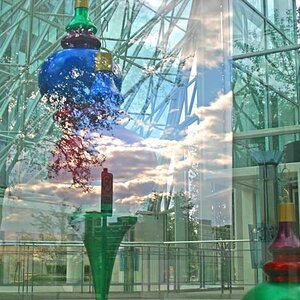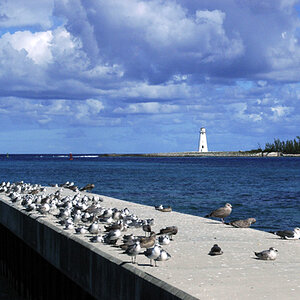sweetnothings123
TPF Noob!
- Joined
- Oct 15, 2009
- Messages
- 13
- Reaction score
- 0
- Location
- Near Edmonton
- Can others edit my Photos
- Photos NOT OK to edit
I have a question for everyone using Photoshop and RAW. How do I get it to save my images at their highest resolution and MB? I would like to save in jpeg, because that is the format used most when printing ... but when I do that they seem to be saving WAY smaller then the orginal RAW. (i.e., the orginial image is somewhere around 13MB (or somewhere around there) and when I compress it in Jpeg it can save anywhere between 1-8 MB ... and 1MB seems really low to me !!! I don't want to loose more information than I have to ... Any ideas? I'm still learning about RAW, so be nice 



